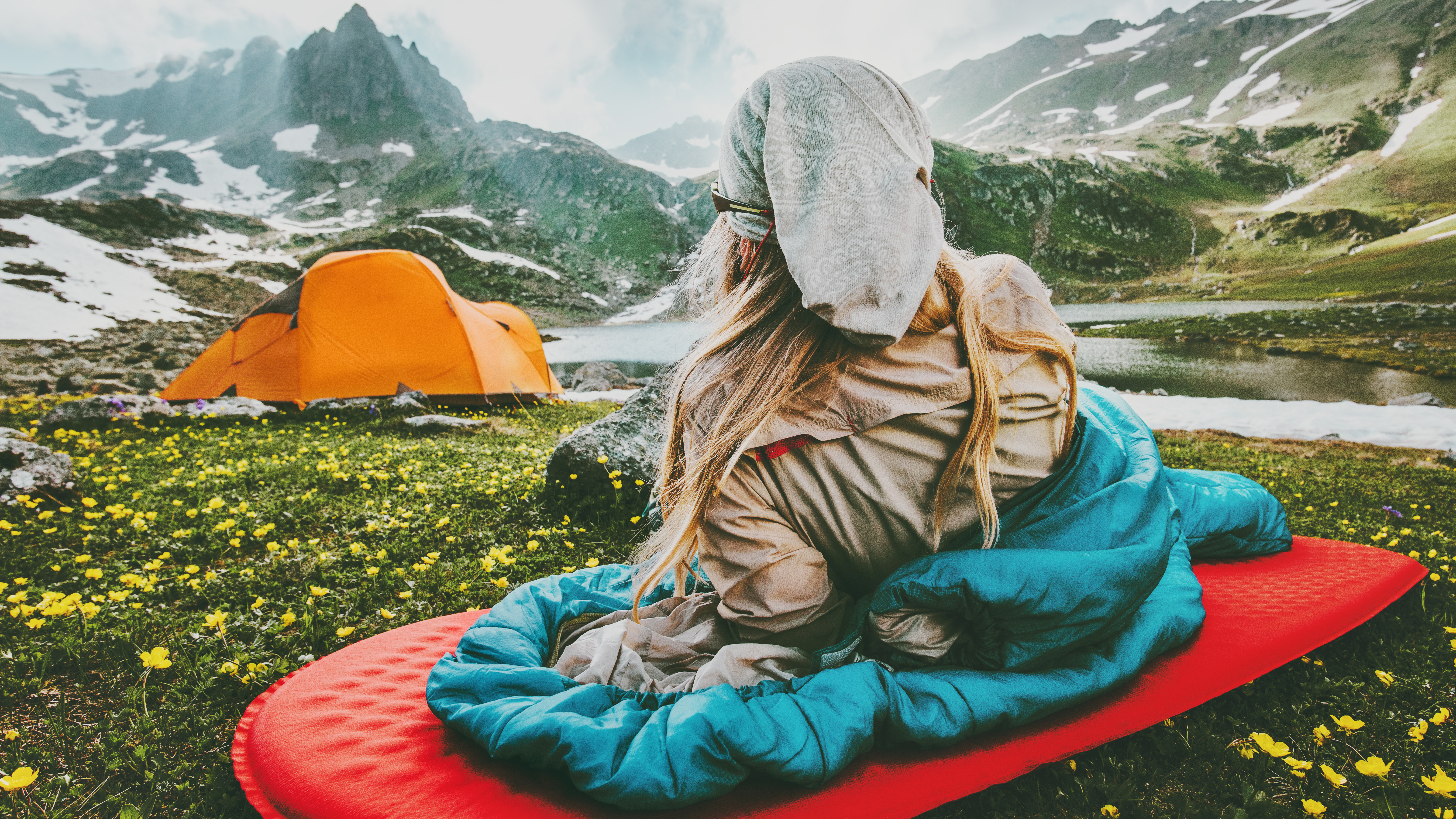

It may not seem like the sexiest piece of kit, but the best camping mats are a crucial piece of camping equipment, especially as the seasons change and conditions get cooler. Experienced outdoor types will inevitably have several mats in their gear cupboard for use at different times of the year and for various kinds of adventures. This begs a couple of questions: why would you need several? And are they really all equally as important?
To answer the second question first: yes, they are that important. As to why you might need more than one, that’s a bit more involved because this seemingly simple bit of equipment is actually much more sophisticated than you might imagine.
Sleeping mats, as they are often also called, are used by a wide range of people sleeping outside in a massive variety of conditions, from casual car campers to extreme mountaineers. As a result, mats vary enormously in terms of their size, design, materials used, price point, level of comfort offered and how warm they can keep you at night.
This last factor, as well as being arguably the most important consideration, is often the hardest one to figure out because warmth does not necessarily correlate to thickness. Luckily, there is a way of quickly telling how capable a mat is at protecting you from getting cold at night. The figure you need to look at is the R-value.
[Note: we’re primarily talking about easily packable camping mats designed for backpacking here rather than frame-based camping beds and large airbeds used for glamping and sleepovers. If you’re not clear on the distinction, check out our guide to airbeds vs. camp beds vs. sleep mats.]
What is R-value?
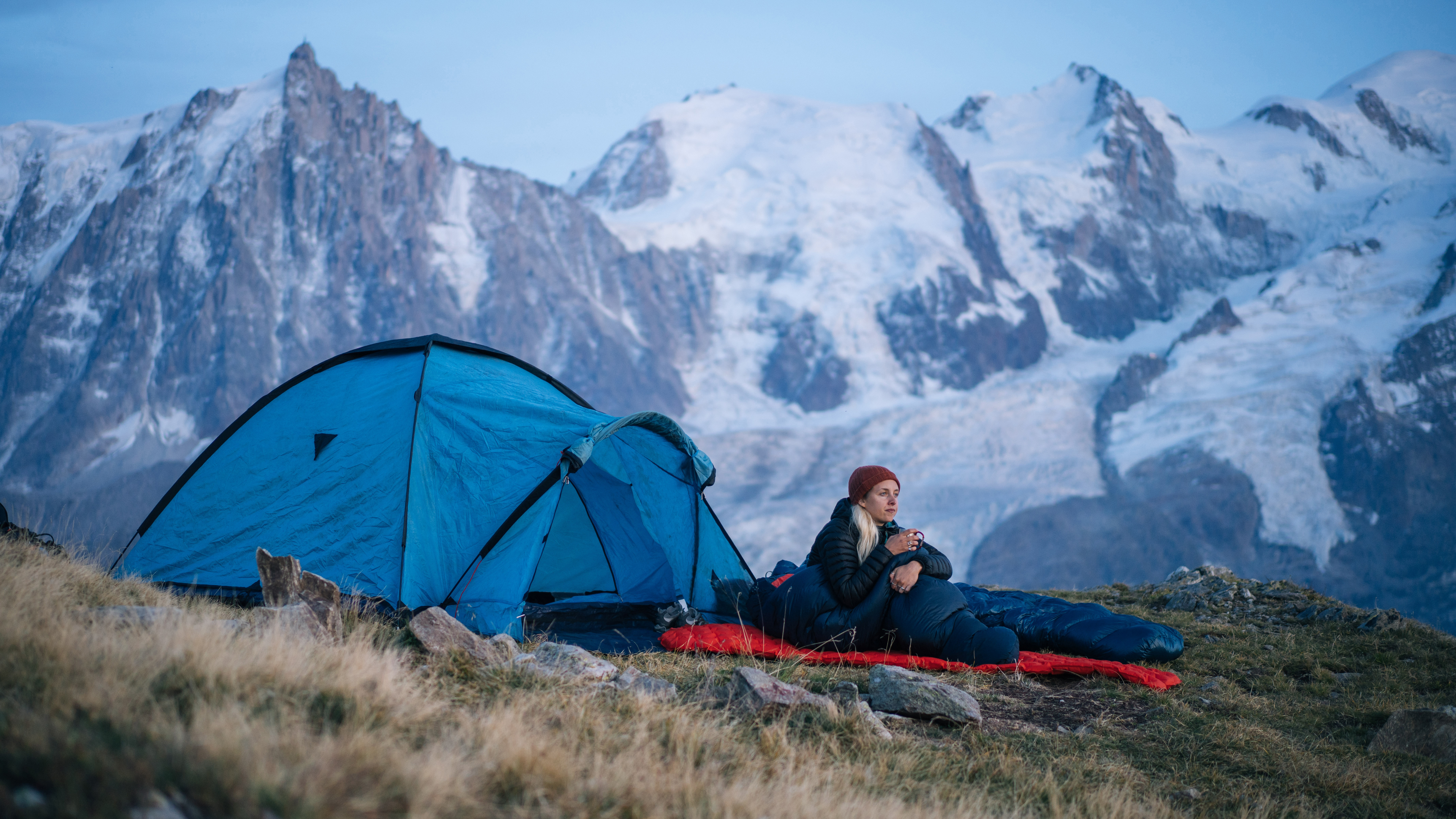
All camping mats will display something called an R-value, which is a measurement that relates to how much ‘Resistance’ (R) the mat has to prevent you from losing heat to the cold ground beneath your slumbering body. The higher the number quoted in the R-value, the better the mat will be at insulating and protecting you from heat loss and the snugger you will remain.
So, what kind of R-value should you be looking for? The answer to that, of course, depends on where and when you are going camping. As a rough guide, in summer months at sea level (when nighttime temperatures aren’t likely to drop below 10°C / 50°F), an R-value of 1 is fine. In early autumn or late spring, when the lowest temperatures are edging closer to 0°C/32°F, you will want an R-value of at least 2. For real 3-season conditions, seek out mats with an R-value between 3 and 4. Hardy winter campers (and those venturing to colder heights and climes) will need mats with an R-value of 5+.
Sign up to the T3 newsletter for smarter living straight to your inbox
Get all the latest news, reviews, deals and buying guides on gorgeous tech, home and active products from the T3 experts
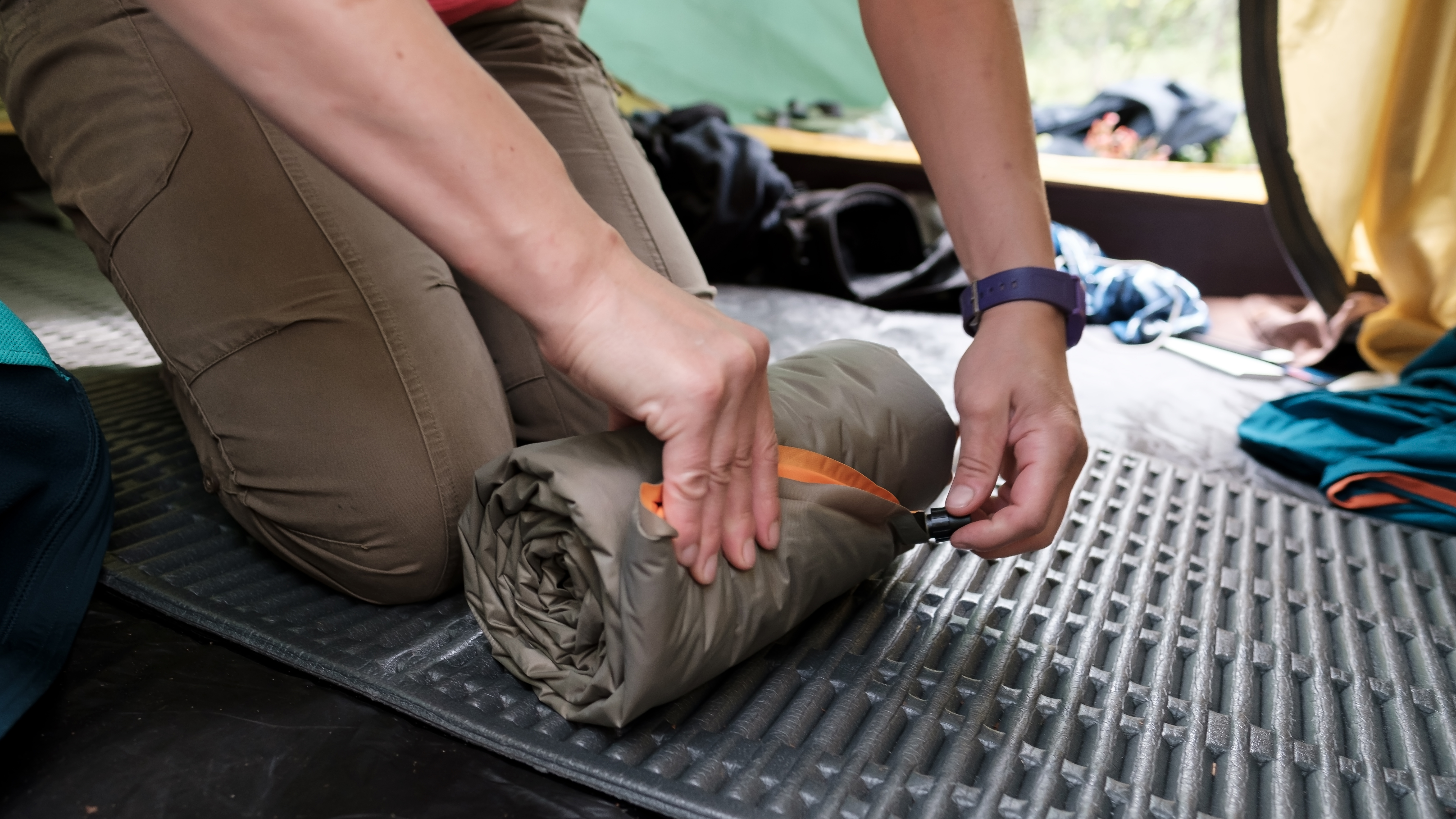
And before we go any further, consider this: all sleeping bag temperature ratings (‘comfort’ / ‘extreme’ etc.) are based on the requisite kind of camping mat being used in conjunction with the sleeping bag for the conditions quoted, and often manufacturers will use a mat with an R-Value of 5 a default.
So, in other words, if you fork out loads of money for the best sleeping bag or the warmest lightweight sleeping bag you can afford and then use it with a substandard camping mat, then you will have completely wasted your money (and you’ll probably spend some very uncomfortable, miserably cold nights in your tent).
You might think that a sleeping mat with a higher R-value will automatically be bigger, thicker and heavier than one with a lower value, but this is not necessarily the case. To find out why, we will take a look at the different kinds of camping mats on the market.
Camping Mat Top Tips
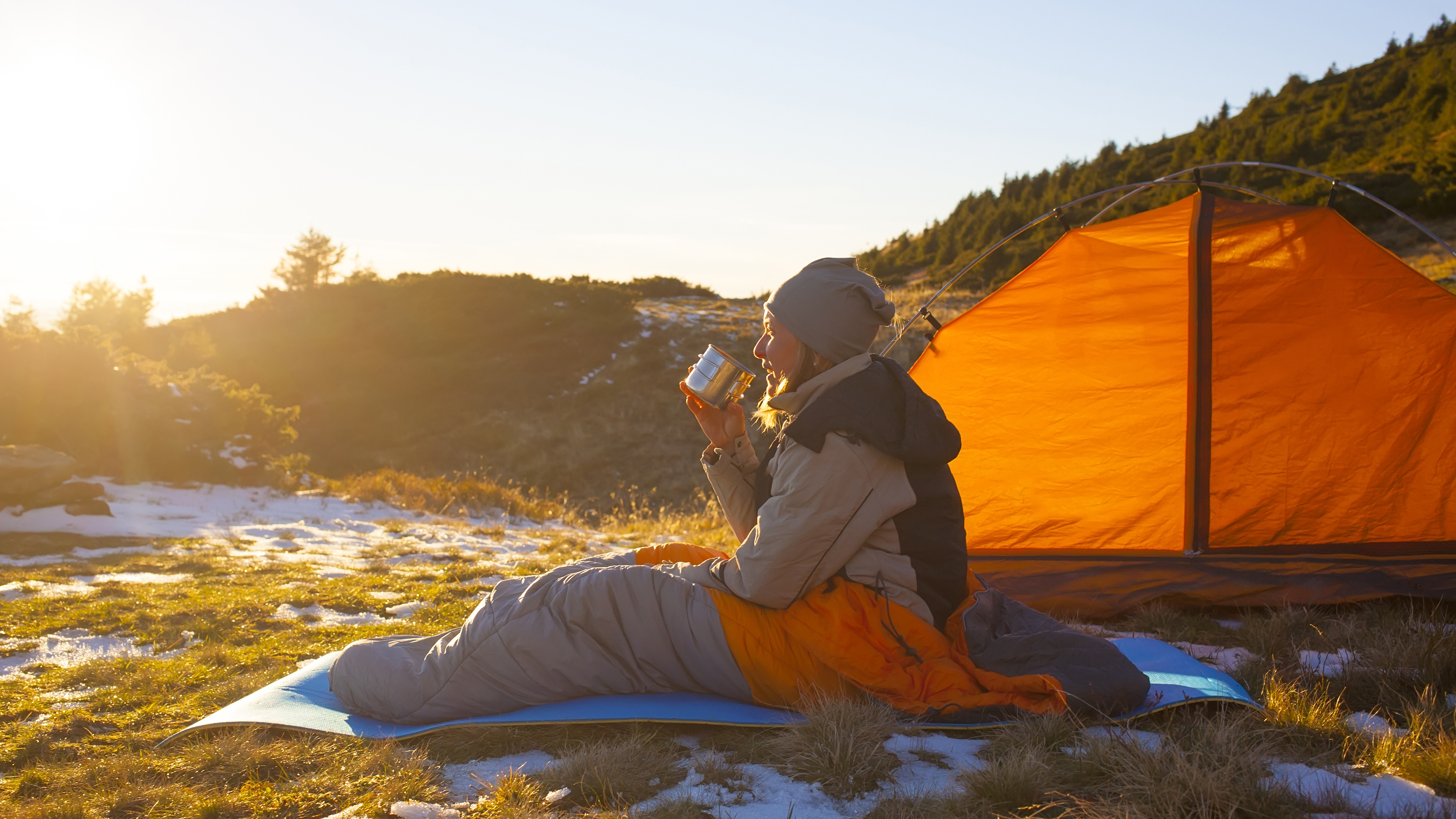
1. R-values are cumulative
If you have a closed-cell foam mat with an R-value of 2, for example, and you use an inflatable camping mat also with an R-value of 2 on top, you effectively have a combined R-value of 4.
2. The higher the R-value, the better
Unlike with sleeping bags, there’s no downside to using a camping mat that has a higher R-value than required by the temperature (you’re not going to overheat).
3. Sexes have different R-value needs
It’s generally accepted that women ‘sleep colder’ than men and often feel more comfortable with a mat that has a higher R-value.
Camping mat styles
There are four main kinds of camping mat: closed-call foam mats, self-inflating mats, inflatable mats and insulated inflatable mats. And they all have their advantages and disadvantages.
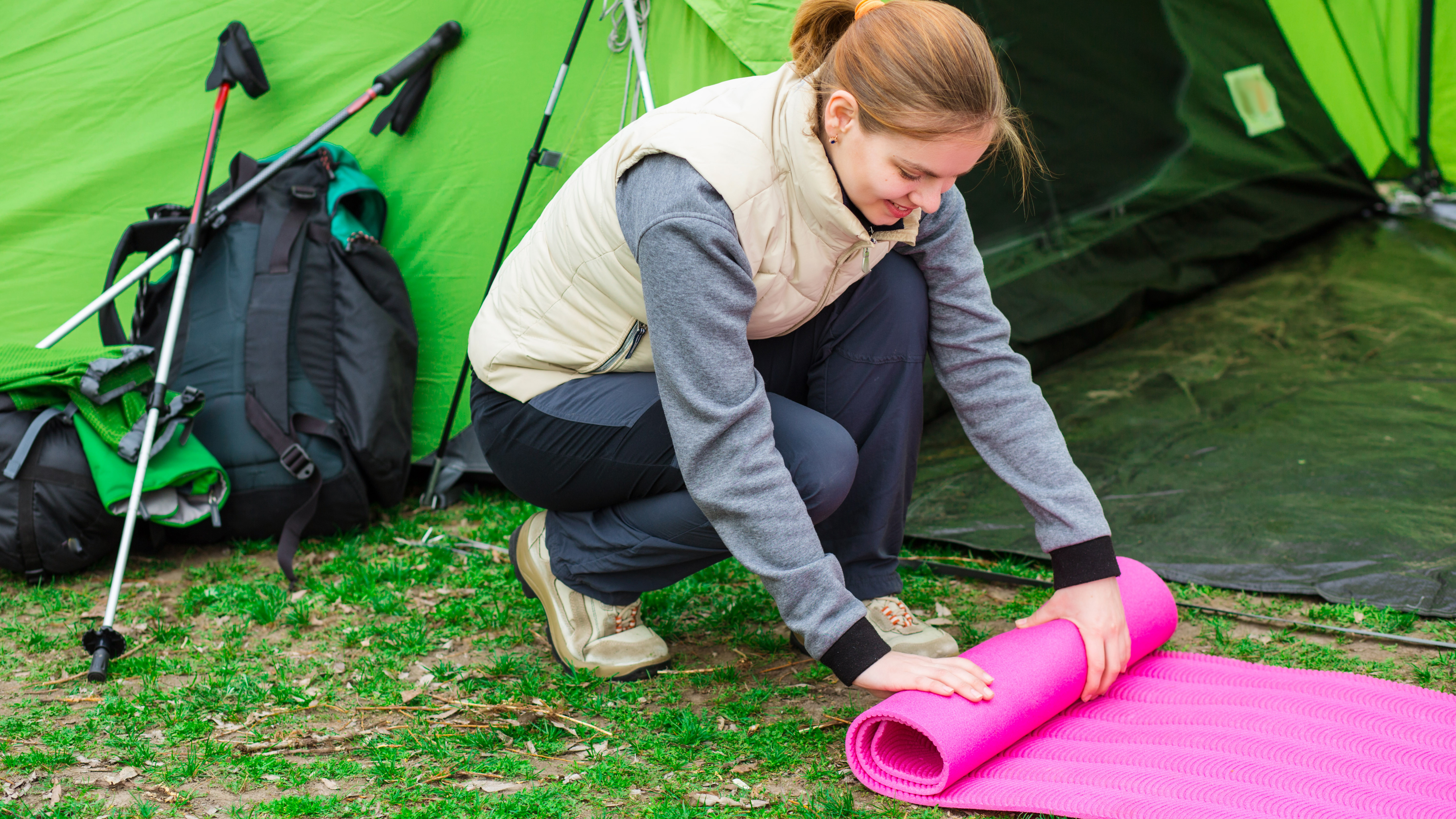
1. Closed-cell foam camping mats
Closed foam mats are the kind you see in cartoon portrayals of campers, rolled up and being carried on top of a great big backpack. If you are over 40 years old, you will most likely remember these well (or perhaps not so well) from early camping trips. With some exceptions (notably the iconic Therm-a-Rest Z-Lite), they’re very bulky to pack; hence it was common to carry them on the outside of backpacks. They’re not especially comfortable either, but they are virtually indestructible and can be used for sitting and lying on in various scenarios, and generally tolerate getting knocked around and treated fairly roughly.
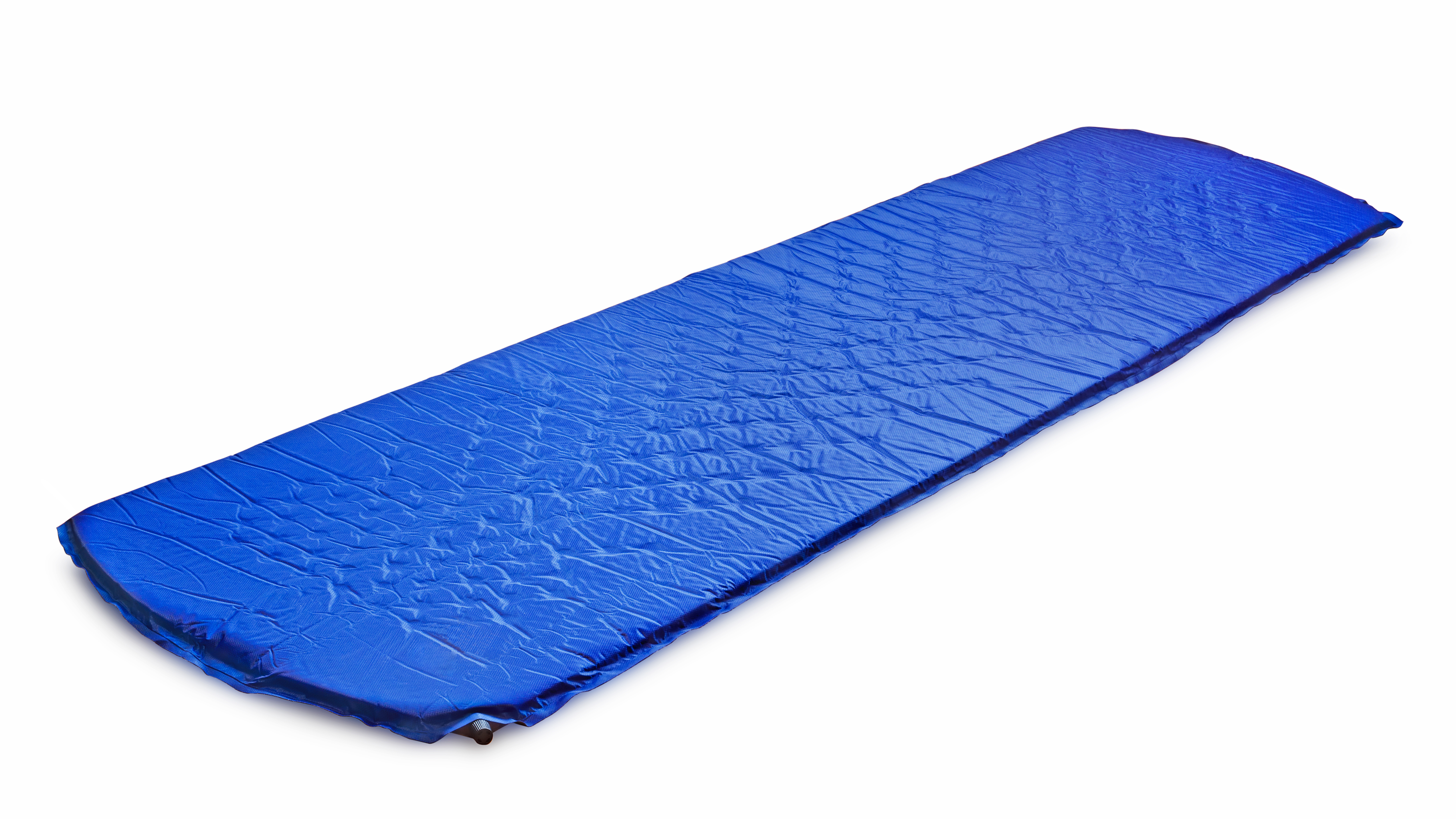
2. Self-inflating camping mats
In the early 1970s, self-inflating camping mats (SIMs) were invented by John Burroughs, Jim Lea and Neil Anderson. They named their innovation the Therm-a-Rest (external link), set up Cascade Designs (external link) and boom! Everyone could suddenly sleep more comfortably while camping.
Featuring large, open cells, SIMs slowly but surely fill with air once you open the valve. You might have to top them up with a few puffs, but basically, you can get the stove on and make a cup of tea while they inflate themselves, and then (after remembering to close the valve) get your head down when it’s time for bed.
These mats are massively popular and come in a range of thicknesses, right up to behemoths such as the Robens Polarshield 120, which stands fully 12cm high and offers an R-value of 5. The downside of the Polarshield 120 is that it weighs 2,400g and takes up loads of room, so it’s only for car campers. Even much thinner self-inflating camping mats, designed for backpacking adventures, are relatively heavy compared to the next two categories of sleeping mats.
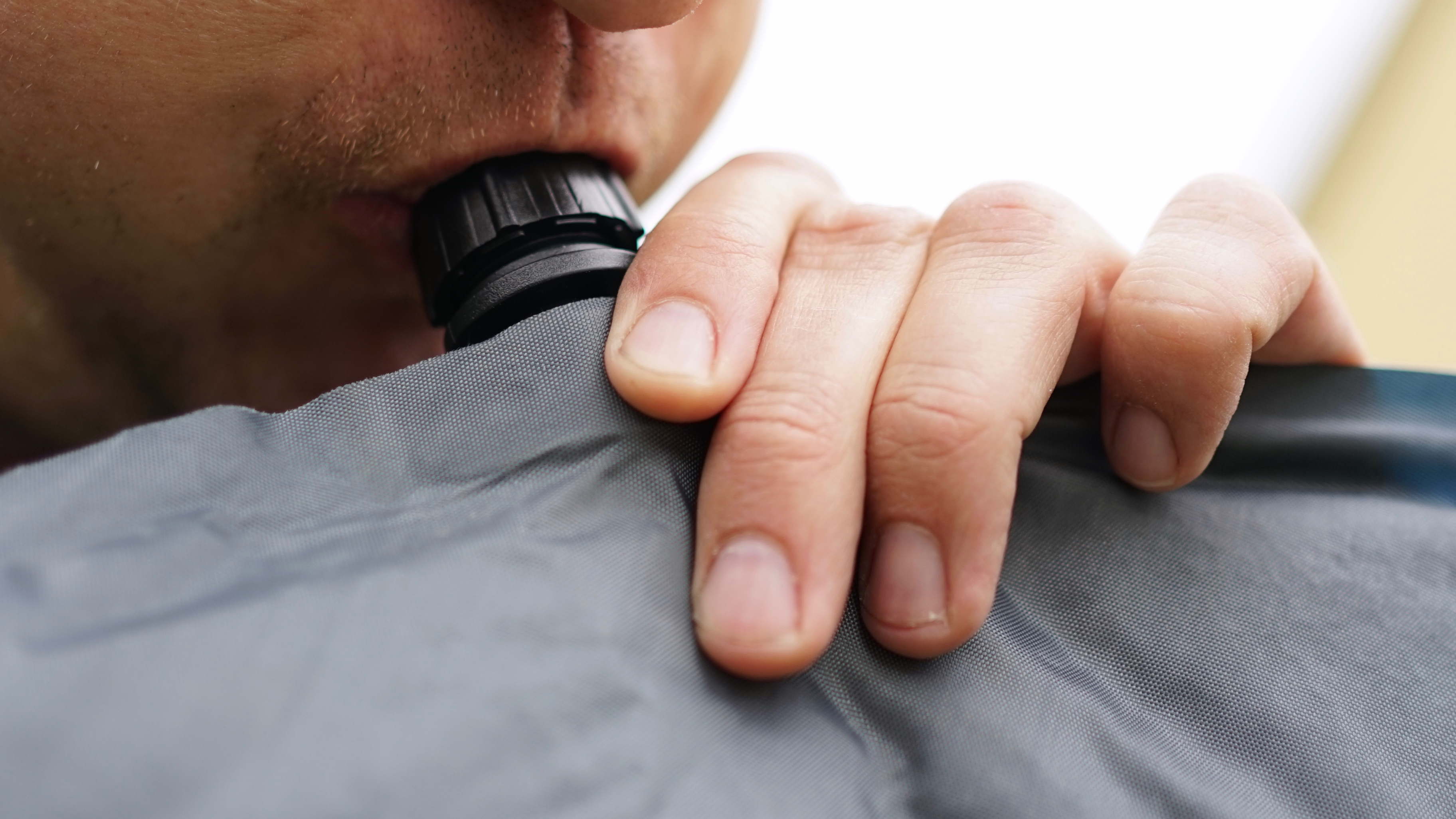
3. Inflatable camping mats
Inflatable camping mats are exactly what they sound like – you need to fill them with air either directly from your own lungs or by using a pump bag (the latter is recommended to avoid blowing moisture into the mat, which will ultimately result in mould growing). Favoured by fastpackers, backpackers, bikepackers and others who like to travel fast and light in reasonably good conditions, mats in this category – such as the Trekology UL80 and the Alpkit Cloud Base – fold down very small and weigh very little. They’re often quite cheap too. But, on the downside, they can puncture relatively easily, take a while (and some effort) to inflate, and usually only offer an R-value of around 1.5.
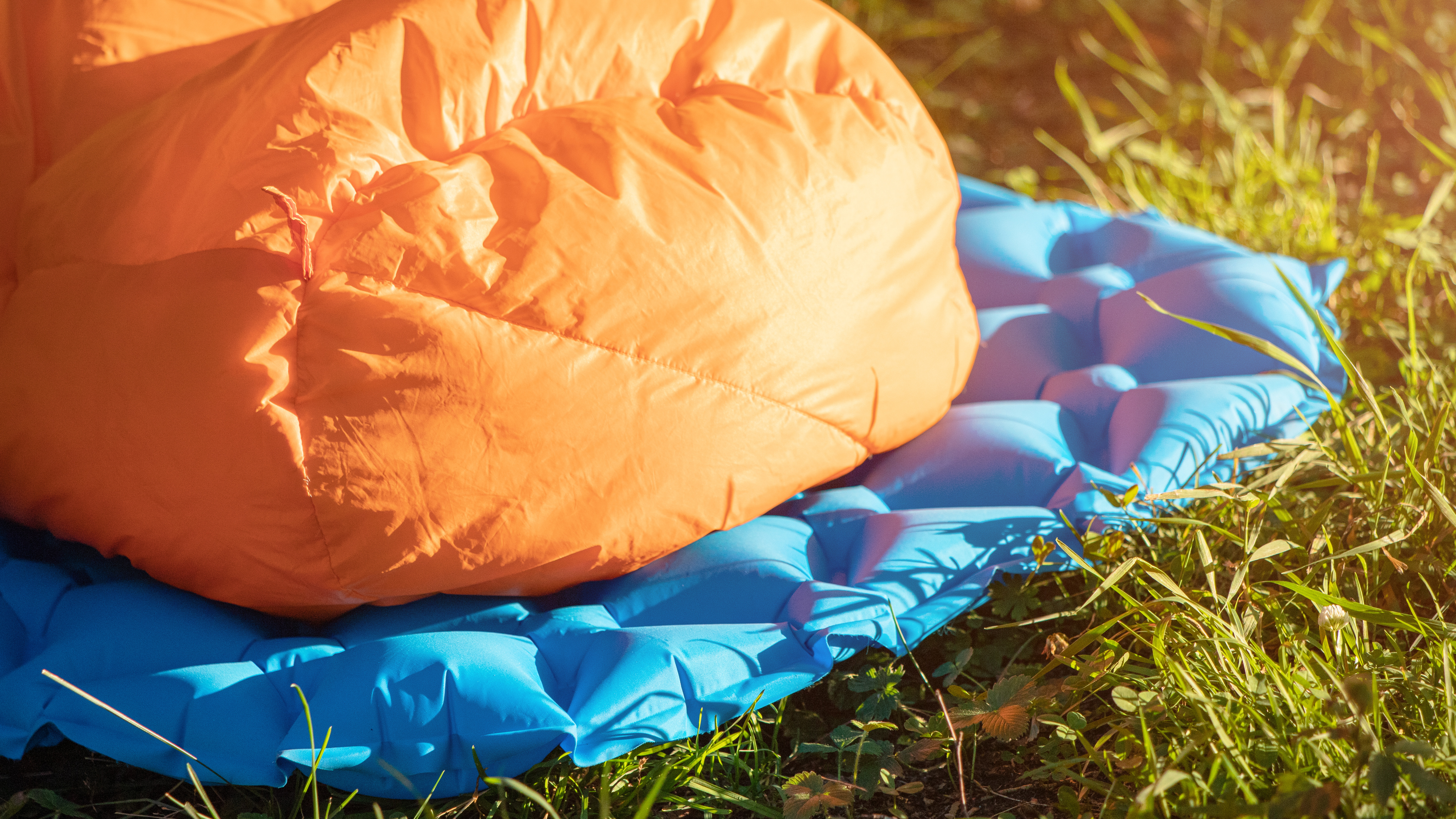
4. Insulated inflatable camping mats
The last category, the insulated inflatable camping mat, is generally regarded as the best for 3-season backpacking escapades and other overnight adventures. Again, this category is pretty self-explanatory – it includes mats such as the Thermarest NeoAir XLite and the new Rab Ionosphere 5, which need to be fully inflated, as above, but feature lightweight insulation that up the R-Value massively, to between 4 and 5. The Sea To Summit Ether Light XT Extreme insulated inflatable mat has an incredibly impressive R-value of 6.2.
These mats are substantially more expensive than their non-insulated cousins and typically weigh a little bit more, and they share some of the downsides, in that you have to spend time getting them set up, and they can puncture. However, if you value getting a good, comfortable night’s sleep no matter how cold the outside conditions are, and don’t want to cart a heavy and bulky camping mat around, then these mats are well worth the investment.

Author of Caving, Canyoning, Coasteering…, a recently released book about all kinds of outdoor adventures around Britain, Pat Kinsella has been writing about outdoor pursuits and adventure sports for two decades. In pursuit of stories he’s canoed Canada’s Yukon River, climbed Mont Blanc and Kilimanjaro, skied and mountain biked across the Norwegian Alps, run ultras across the roof of Mauritius and through the hills of the Himalayas, and set short-lived speed records for trail-running Australia’s highest peaks and New Zealand’s nine Great Walks. A former editor of several Australian magazines he’s a longtime contributor to publications including Sidetracked, Outdoor, National Geographic Traveller, Trail Running, The Great Outdoors, Outdoor Fitness and Adventure Travel, and a regular writer for Lonely Planet (for whom he compiled, edited and co-wrote the Atlas of Adventure, a guide to outdoor pursuits around the globe). He’s authored guides to exploring the coastline and countryside of Devon and Dorset, and recently wrote a book about pub walks. Follow Pat's adventures on Strava and instagram.
-
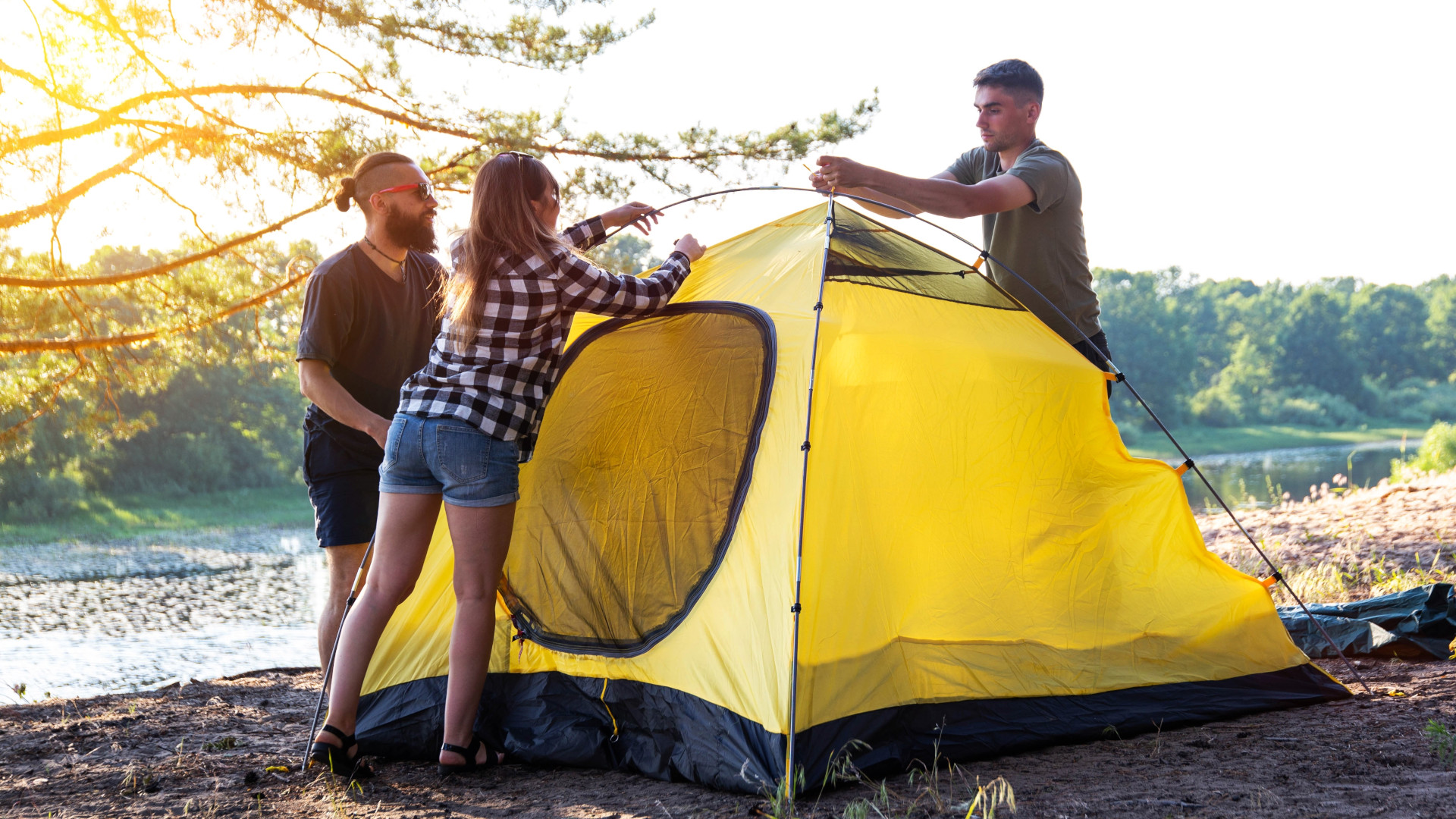 5 common camping mistakes and how to avoid them for a relaxed outdoor escape
5 common camping mistakes and how to avoid them for a relaxed outdoor escapeWhether you're a seasoned camper or a complete newbie, don't overlook these common blunders
By Bryony Firth-Bernard
-
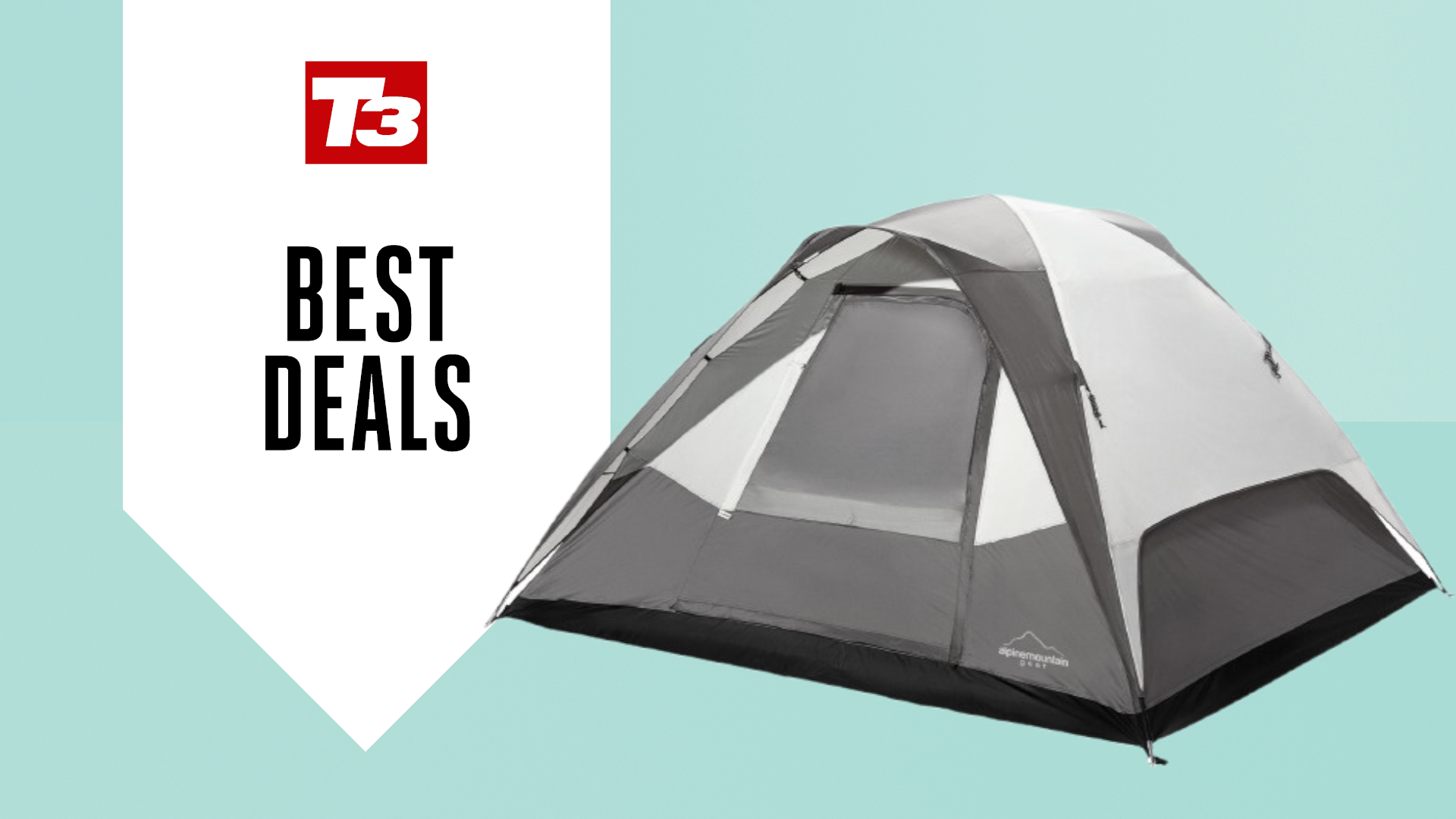 REI is selling this 6-person tent for just $83 – grab it before it's gone!
REI is selling this 6-person tent for just $83 – grab it before it's gone!This 3-season tent has almost 60% off
By Bryony Firth-Bernard
-
 The AeroPress Go Plus is the gadget I need for my next outdoor adventure
The AeroPress Go Plus is the gadget I need for my next outdoor adventureWhether you’re off camping or heading on a hike, the new AeroPress Go Plus lets you enjoy great coffee on the go
By Bryony Firth-Bernard
-
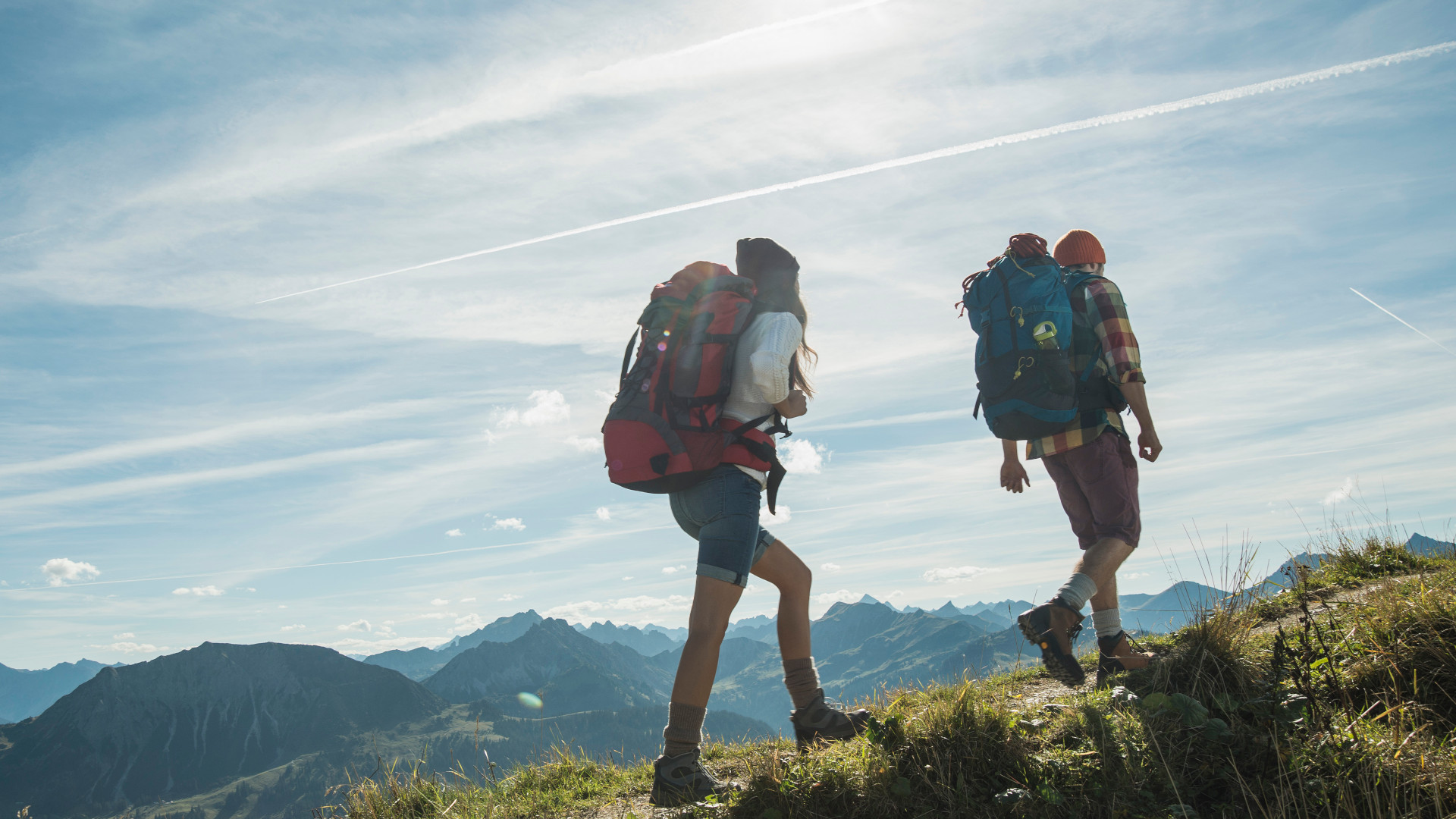 5 essential items every hiker should have in their backpack, according to a Mountain Rescuer
5 essential items every hiker should have in their backpack, according to a Mountain RescuerWhether you’re embarking on a quick hike or a long trek, these essentials can be invaluable
By Bryony Firth-Bernard
-
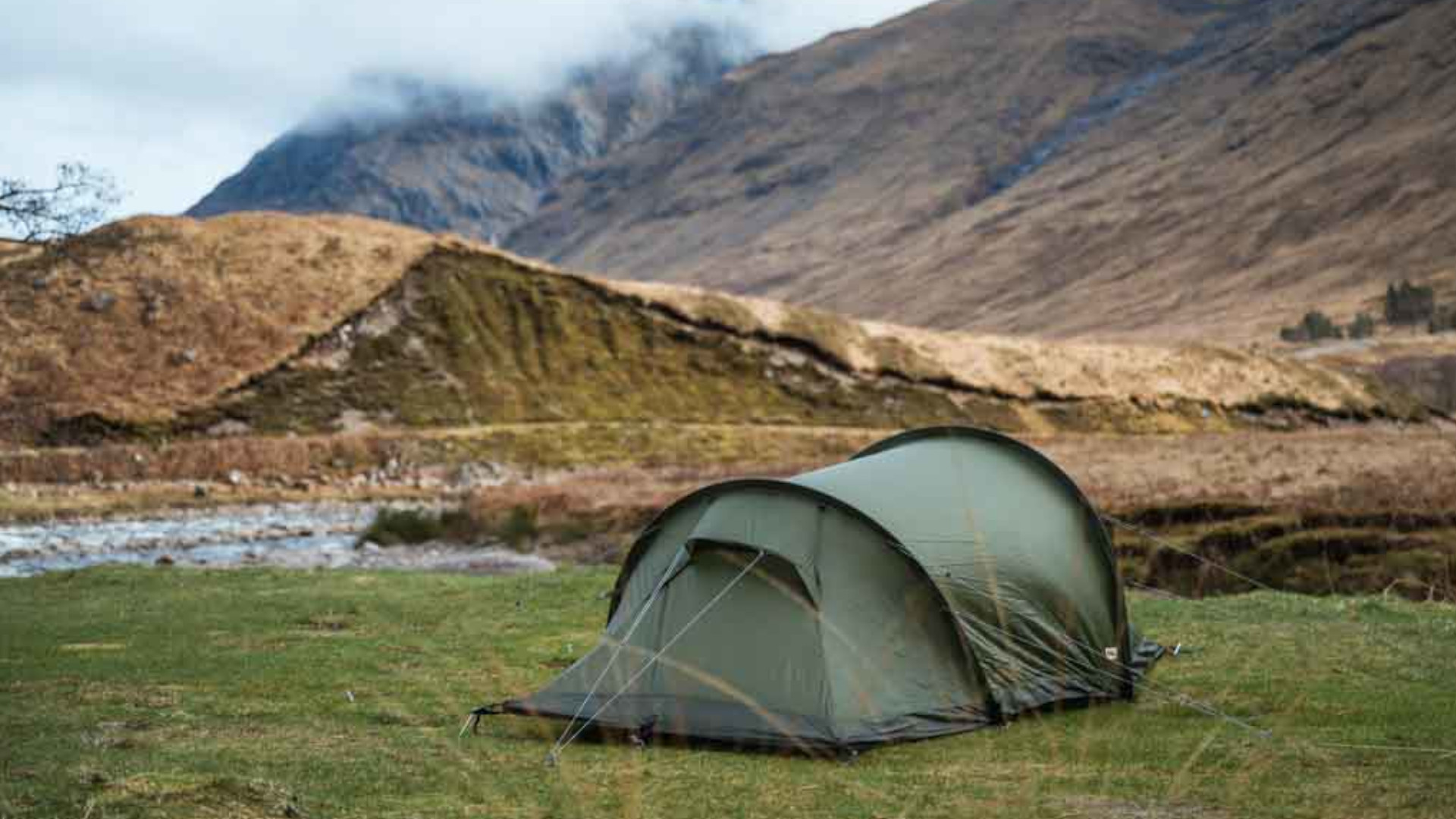 Fjallraven Abisko Lite 2 review: A backpacker's dream tent
Fjallraven Abisko Lite 2 review: A backpacker's dream tentThis tent survived wind, rain and me – that says a lot
By Matt Buckley
-
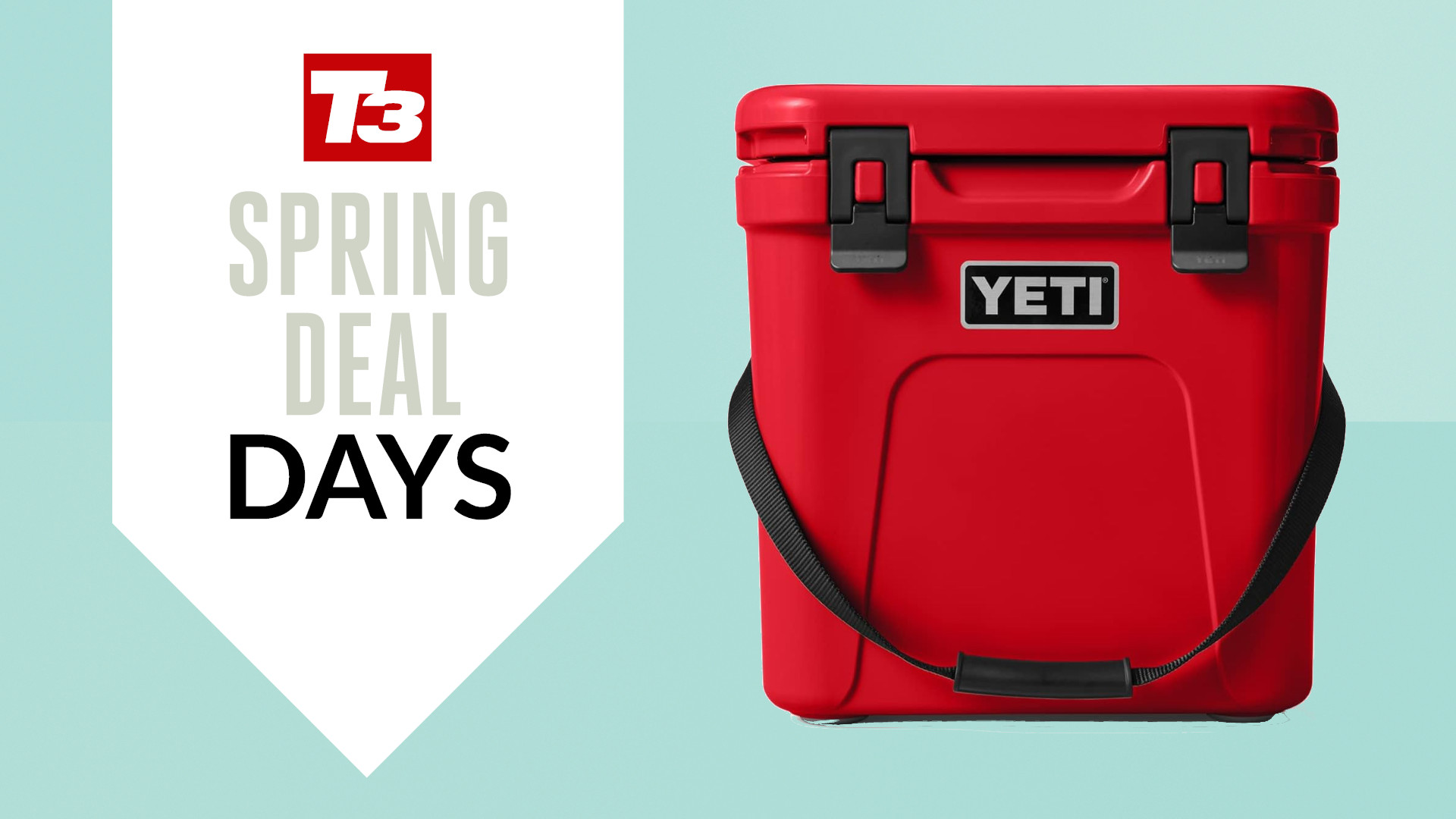 YETI has discounted a ton of its best-selling coolers and tumblers in Amazon’s Big Spring Sale
YETI has discounted a ton of its best-selling coolers and tumblers in Amazon’s Big Spring SaleJust in time for the warmer months
By Bryony Firth-Bernard
-
 GoPro's latest flagship action cam just got a major price cut in Amazon's spring sale deal
GoPro's latest flagship action cam just got a major price cut in Amazon's spring sale dealYou can pick up the Hero 13 Black with almost 20% off
By Lee Bell
-
 How to sleep comfortably while camping, according to an outdoor expert
How to sleep comfortably while camping, according to an outdoor expertGet a restful night’s sleep under the stars with these simple steps
By Bryony Firth-Bernard

